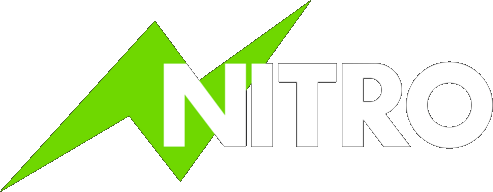🔥 Free 25% more CPU for all Accounts!
Caching is one of the most effective ways to improve website speed, and for good reason. Learn how caching works and how to turn it into Performance gains.
What is Caching?
Simply put, caching is the process of storing copies of files or data in a temporary storage location so they can be accessed more quickly. WordPress is dynamic, meaning every time a user visits your website, it pulls data from the database and builds the webpage on the fly. This takes time and server resources.
Caching eliminates this by creating static versions of your web pages. Instead of generating the page from scratch every time, the server serves the cached version, reducing load times and server strain.
Why Caching Matters for WordPress Sites
Caching is essential for two main reasons: speed and reduced server load.
Faster Load Times
Speed is everything on the web. If your site takes too long to load, visitors may leave before they even see your content. Caching drastically reduces the time it takes for pages to load by serving up pre-built, static pages rather than dynamically generating them each time. This also helps improve SEO since Google considers page speed when ranking websites.
Less Strain on Your Server
Without caching, every time someone visits your website, WordPress performs a series of time-consuming tasks: it fetches data from the database, runs PHP scripts, and compiles the page. For high-traffic websites, this can quickly overwhelm your server, potentially causing it to slow down or even crash. With caching, the server only needs to generate the page once, reducing the load and allowing it to handle more traffic.
The Main Issue with Caching: Content Staleness
One of the challenges with caching is keeping content fresh. Since caching saves a static version of your site, any updates to your content (like new blog posts or edits to existing pages) may not immediately appear to users. This is why cache management—knowing when to refresh or clear the cache—is essential.
Types of Caching for WordPress
There are several types of caching that you can implement to boost your website’s performance:
HTML Caching
This is the most basic form of caching. It stores a static HTML version of your web pages, bypassing the need to regenerate them each time. Activate with plugins like W3 Total Cache.
PHP OpCache
PHP OpCache speeds up your WordPress site by storing precompiled PHP scripts in memory. Instead of executing the script each time, OpCache allows the server to execute the cached bytecode, making the process faster. You’ll need to enable this via your server’s PHP configuration.
Object Caching
Object caching involves storing database query results so that repeated queries can be served faster. Solutions like Memcached and APCu cache store these objects in memory, improving the performance of database-heavy websites. This requires server-level configuration but is incredibly powerful for larger sites.
Database Query Caching
MySQL Query Cache saves the results of database queries in memory, speeding up future requests. This reduces the load on your database and allows faster retrieval of data. APCu (Alternative PHP Cache) works for 98% of WordPress websites.
How to Set Up Caching for Your WordPress Site
You have two main choices for implementing caching:
Caching Plugins
Plugins like W3 Total Cache and WP Super Cache are popular solutions for caching. These plugins are easy to install and allow you to enable different types of caching, including HTML, database, and object caching. While effective, setting up caching via plugins requires tweaking to avoid compatibility issues with your theme or other plugins.
Managing Cache Effectively
Caching is a great performance booster, but it’s important to manage it properly:
- Clearing the Cache: Sometimes, after making changes to your website, the cached version doesn’t update immediately. In such cases, you’ll need to clear the cache manually to ensure visitors see the latest content.
- Automated Cache Expiry: Most caching plugins allow you to set cache expiry times. This means the cache is automatically refreshed after a certain period, ensuring that outdated content isn’t served to users.
Conclusion
Browser and server-side caching is the most effective way to improve your WordPress website’s performance. Whether you choose a caching plugin or opt for managed hosting with built-in caching, the benefits are significant: faster load times, better SEO rankings, and a more reliable website during traffic spikes.
